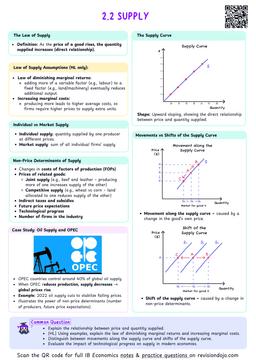Selection Pressures Shape Guppy Populations
- In natural environments, traits evolve under the influence of selection pressures, which determine survival and reproduction.
- John Endler’s experiments with guppies provide a vivid demonstration of how natural and sexual selection shape populations.
Natural and Sexual Selection: Key Differences
- Natural selection favors traits that enhance survival.
- Sexual selection favors traits that improve mating success, even at the cost of survival.
Think of natural selection as a filter that removes harmful traits, while sexual selection acts as a spotlight, favoring traits that attract mates.
Endler’s Experimental Setup
- Endler divided guppies into three groups, each exposed to different levels of predation:
- Pond Q: No predators.
- Pond R: Killifish (Rivulus hartii), a weak predator.
- Pond S: Pike-cichlid (Crenicichla alta), a strong predator.
- The key trait observed was the number of spots on male guppies:
- Spots are heritable, influencing both mating success (favored by females) and predation risk (favored by predators).


